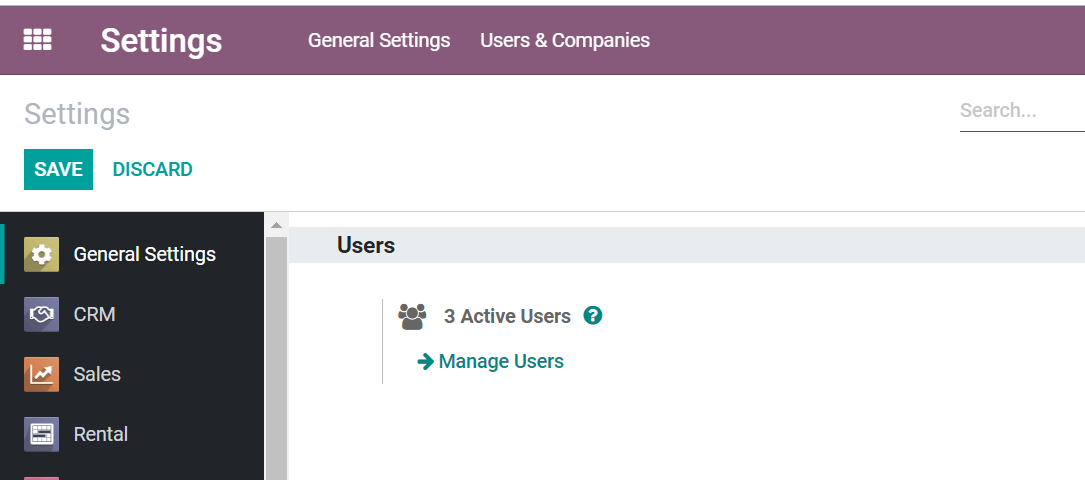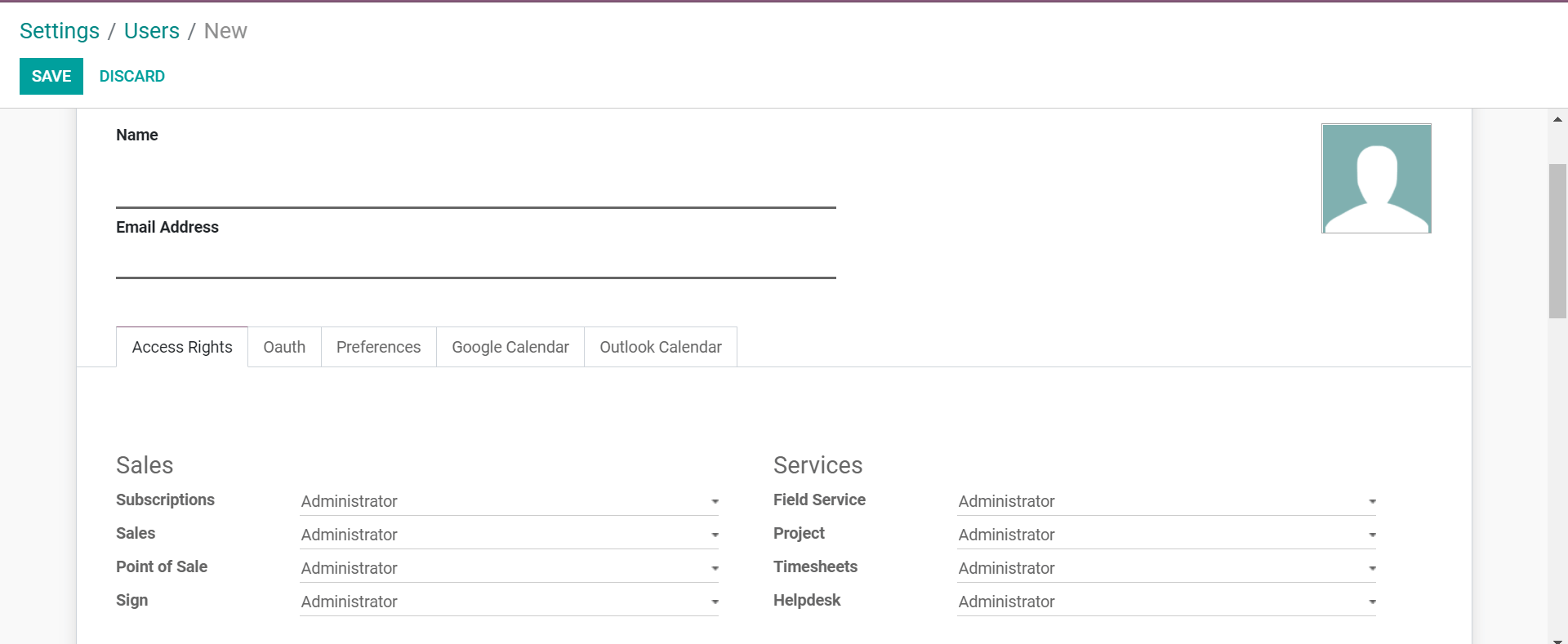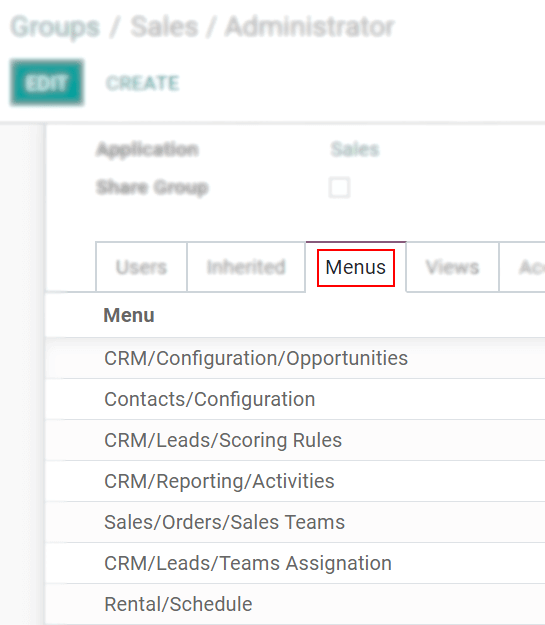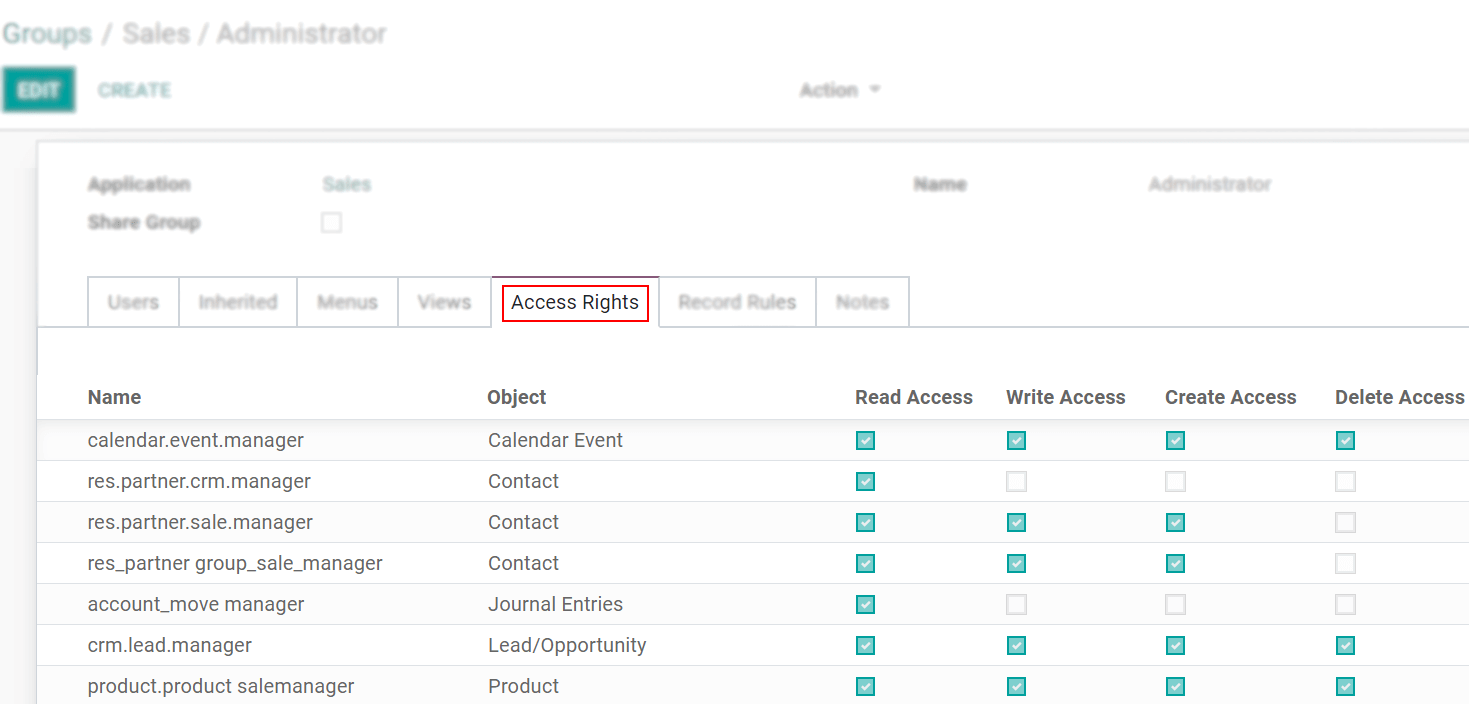An ERP software is a single database that connects all sides of your business. From inventory to the PoS, the ERP software has a single access database that links the actions and information from all areas of your business. You can define ERP as the motherboard of your business. It enables and mitigates the hectic aspects of business management. While an ERP can do so much, we must also make certain that we as users make the best of it.
Most ERP solutions have various features, additional settings, and their own characteristic functions. Understanding and utilizing this can make business with ERP unbelievably easy. Odoo is a minimalistic ERP suited for most small to medium enterprises, with features and settings that can be customized and tailored to make your business highly productive.
Odoo stands out for its versatility and easy customization. As one of the easiest ERP software to work with, Odoo has satisfied many customers with impressive modules like CRM and Manufacturing. Now, working with any ERP software, you must be familiar with the need for multi-access and multi-management of the database. As integrated software that unites all sections of your enterprise, it surely goes without saying that we cannot limit the database access to a single user.
While allowing multiple users, it is equally important to manage their access. We cannot let all employees (users with access) to have free access to all information and data of the company. While an HR manager would require a higher level of access, a PoS cashier needs a minimal level of access to the database. We control this with access rights.
As the software that supports multiple users and companies, we must be familiar with the configuration for the same and explore the features to maintain high information security in our company. Understanding the settings and carrying the access rights ensure that the users get access to what is necessary to better their role and nothing more, thus leaving no space for database mishandling.
In this blog we will learn how to add users in Odoo and manage their access rights.
Odoo User
An Odoo user is someone who has access to the database and can perform their daily tasks with Odoo. defined rules manage the information available for these users. In Odoo, we can add as many users as we deem necessary for the business processes. We can add, remove and modify the users and their access rights as and when necessary.
Add user
We can add users from the general settings. Under the user menu. We can manage the existing users and add more users.

Use the create button in the Manage Users to create new users for the database. Here the existing users will be listed and you can also edit their settings.

In the create window we can add the user details like name and mail id. After this, we can proceed to add the access right, Oauth, preferences, and integrate the outlook and Odoo Google calendar.

The access rights can be defined for all module categories and applications installed in the database. This is done by choosing the group defined with the access rights. Changing the access rights for the group will be discussed in the latter part of the blog. After the changes are saved, the user will receive an email invitation. They can create their own login to access the database.
Enabling the two-factor authentication adds more security to the database. Check Odoo documentation for the configuration. If we are in the developer mode, we can also edit the User Types. The types are Internal User, Portal, and Public. The last two options do not allow us to modify the access rights.
While you can add as many users as required for the company, we must also remember that the subscription prices will depend on the user number.
Access rights
These are rules defined to control who can do what in the Odoo database. As we add new users, we have to also control what these users can do in the database. For database security and to avoid confusion, this is important.
To define and manage the access rights we have to activate the developer mode. Once activated, we can go to Settings -> Users & Company -> Groups
From the Groups, we can choose the particular group under each category. For example, we can open the administrator group from the Sales category. We will be able to see the users under the group. The black text color indicates administrative rights.
Now we can define rules within these groups to manage the access rights of the users. The Inherited groups will be listing the secondary groups that the members of this group automatically gain access to. We can also control the Menus that the group member can access in each application.

The Access Rights tab will define the rights controlling the accessibility of each model in the various applications. The technical name for each model will be displayed and we can enable the members to read, write, create and / or delete the values ??in each model.

The Record Rules will overwrite the Access Rights. We use domains for record rules. These domain expressions are lists of conditions. And we can enable the users to read, write, create and delete values ??just like in the case of access rights.

We must take care to test the settings to ensure that the changes made are applied to the right users. Changes in the access rights and record rules can have a considerable impact on the database and while working with these access rights and domains, we must seek the help of an Odoo support team. You can contact the experts at CBMS for all your functional queries and technical support.
Security of databases is something we cannot compromise. Incoming mishandling of data can lead to critical consequences. With access rights and two-factor authentication, Odoo ensures that the database is secure


